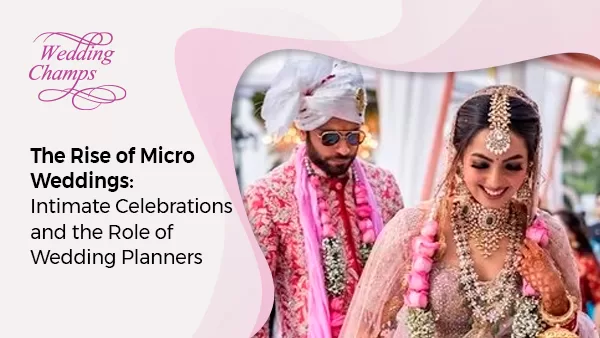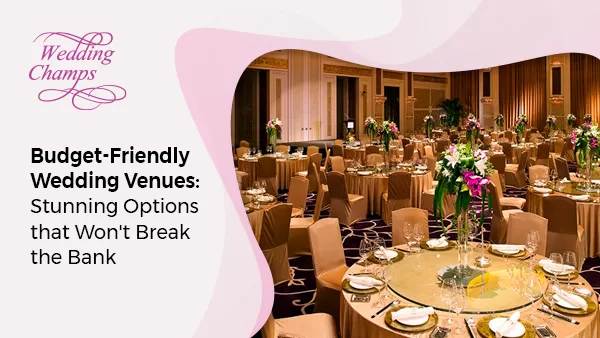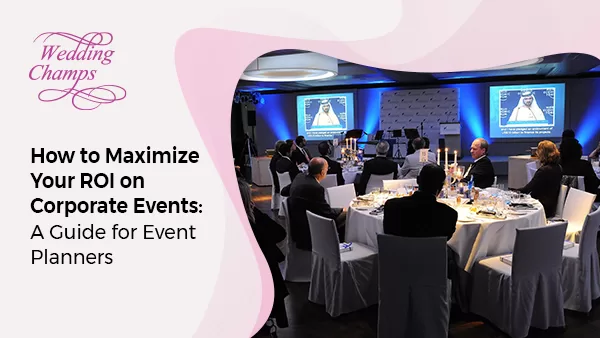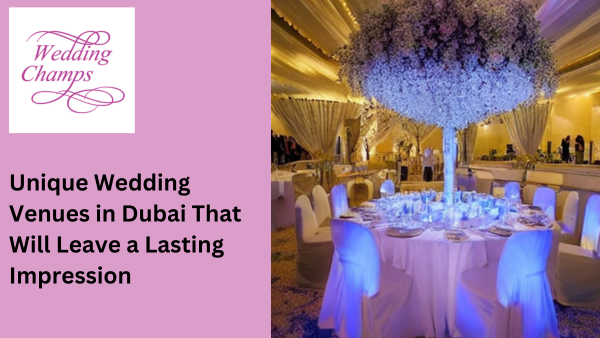Indian Wedding Rituals – Symbol of Cultural Richness!
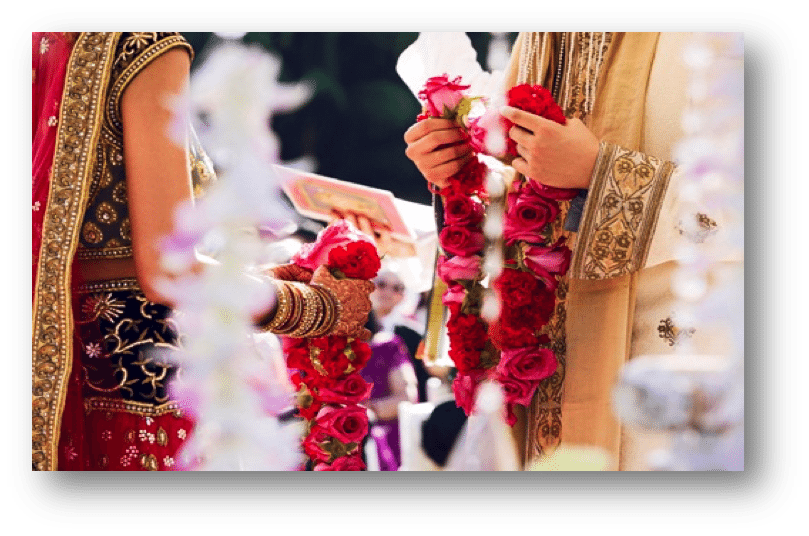
Indian weddings are best celebrated with perfect Indian wedding theme ideas. They are filled with fun, excitement, and joys. Also, they are truly adorned with the colors of rich cultural heritage. The people of India love to practice the old traditions of their ancestors. The concept behind practicing them solely is their love and faithfulness towards the teachings of their ancestors. Indian weddings offers a plethora of rituals that vary from region to region. The variation in rituals is due to the religion, cast and background difference among people from various regions. Here we will address Indian, Hindu wedding rituals as per its religious significance:
Hindu Wedding Rituals
Hindu weddings are usually celebrated in a detailed way. They last till at least a week and followed by a number of rituals.
Pre-wedding Rituals
A traditional wedding begins with a ‘Sagai’ (engagement) ritual. In this event, girl and boy get officially engaged by exchanging engagement rings. A large supper is organized for all of the guests followed by splendid dances and musical programs.
‘Haldi or Pithi’ ceremony leads to the official opening of an Indian wedding. A thick haldi paste is applied to the bride’s face, hands and legs, which are made up of Turmeric, Rosewater, and Sandalwood powder. All the ladies of the bride’s family, friends and relatives take part in this ritual. Later on, it ends after a lively dance performances on typical Desi music.
‘Mehndi’ event is the next step to getting closer to the wedding day. The bride’s mother inaugurates this auspicious occasion by adorning the bride’s hand with some dots of Mehndi. Generally, a professional mehndi artist is hired to decorate the hands of the bride and other ladies present at the moment. Fun, music, dances and enjoyment are the features of this colorful occasion.
Wedding Ceremony
Wedding day brings a lot of cheers, excitement and of course, responsibility along with it. It involves beautiful customs which are as follows:
‘Arrival of Baraat’ is the very first ritual of the Indian Hindu wedding. It is accompanied by the groom’s family, friends and relatives in the form of a huge procession along with the groom sitting on a horse. Close acquaintances sing and dance around him, giving this occasion a totally festive feel. The baraat arrives under the roars of a professional musical band and the next of step Milni takes place.
In ‘Milni’, bride’s mother warmly greets the groom. Both of the families present garlands to each other after meeting and embracing each other. The bride’s family take the groom to the settled mandap, where the rest of the ceremony will be conducted.
‘Ganesh Pooja’ is another important ritual of Hindu weddings. It starts with a holy worship of Lord Ganesh. After that, the Pandit asks the parents of the bride and groom to present sweets, flowers and prayer to their lord.
Once the Pooja is done, ‘Kanya Aagaman’ takes place. It refers to the bride’s arrival in which she comes along with her maternal aunt and uncle. In some other regions, the bride is also escorted by her sisters, friends or cousins.
‘Jai Mala’ ritual begins when the bride reaches the mandap. Here, both the bride and groom adorn each other with floral garlands. They exchange garlands which symbolize that they accept each other wholeheartedly.
‘Kanyadaan’ is the point when the father of bride pours holy water in her hands and gives her hand officially in the groom’s hand.
After that, sister or cousins of groom practices ‘Hasta Melap’ ritual. In this process, bride’s Palau is knotted with a groom’s scarf with copper coins, rice, and betel nuts. This wishes luck to the pair.
With the initiation of ‘Vivah Havan’, all the guests become attentive. The Pandit lights the holy fire and it is believed that this fire is the witness of this eternal relationship.
The ‘Mangal Phere’ is the most beautiful ritual of an Indian wedding. The bride and groom take seven rounds of the holy fire. By this, they keep in mind four desires of life: Dharma, Artha, Karma, and Moksha. The bride takes a front position in the first three rounds and the rest of four rounds are dominated by the groom. Bride’s brother gives her some rice in the hands after the completion of every round.
‘Saptapadi’ is the further step which allows both the groom and bride to take seven steps with each other. Each step has a holy vow regarding mutual respect, the balance of life, wealth, prosperity, love, harmony, happiness, raising children legitimately, faithfulness and salvation. One they return to their positions, the groom places a ‘mangalsutra’ around the bride’s neck and fill ‘sindoor’ on her forehead crown. This confirms the completion of the marriage and both of them exchange the rings and offer sweet to each other.
‘Ashirvaad’ is the second last ritual of a Hindu wedding. In this part, the bride and groom take the blessings of their elders for a happy and prosperous life. Guests usually shower rice and flowers on them for wishing them good luck.
Last but not the least; wedding ends with ‘Bidai’. This is a last goodbye of the bride to all of her relatives.





















